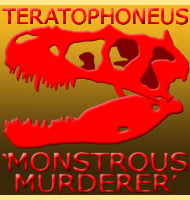Arackar
In Depth Arackar is a genus of titanosaur that lived in South America during the late Cretaceous. Though only known from partial remains, Arackar was at the time of its description one of the most complete individual dinosaurs discovered in Chile. Further reading - Arackar licanantay gen. et sp. nov. a new lithostrotian (Dinosauria, Sauropoda) … Read more
